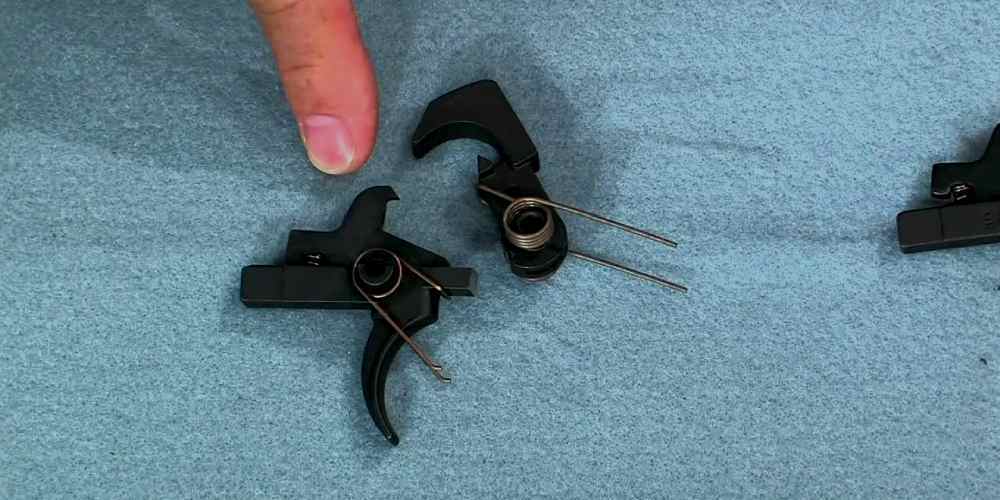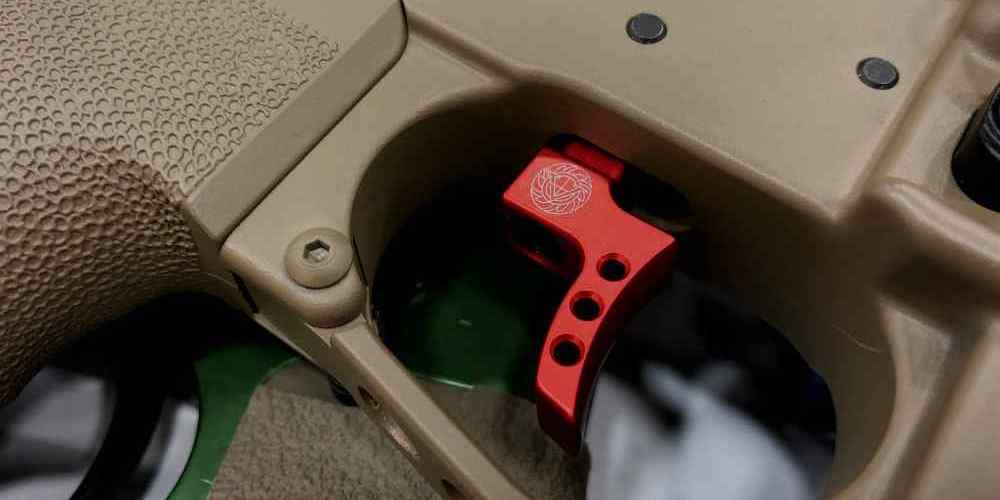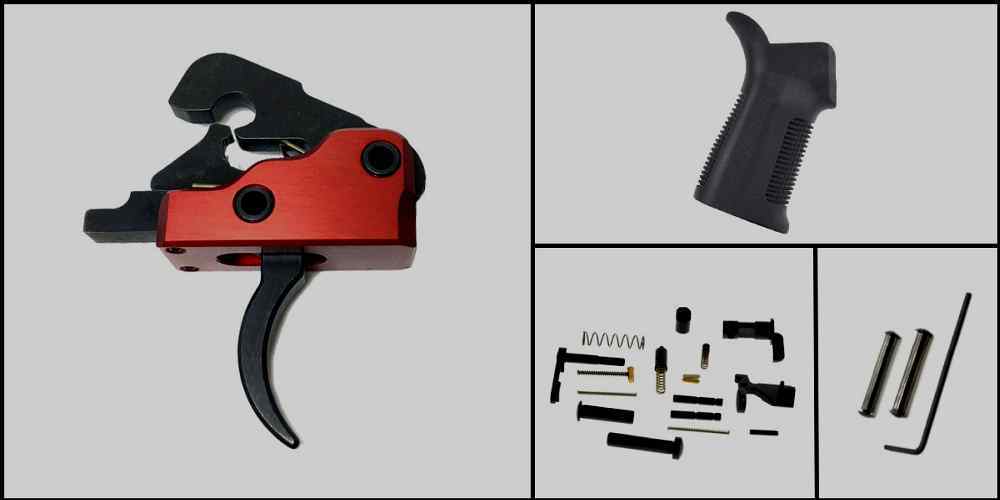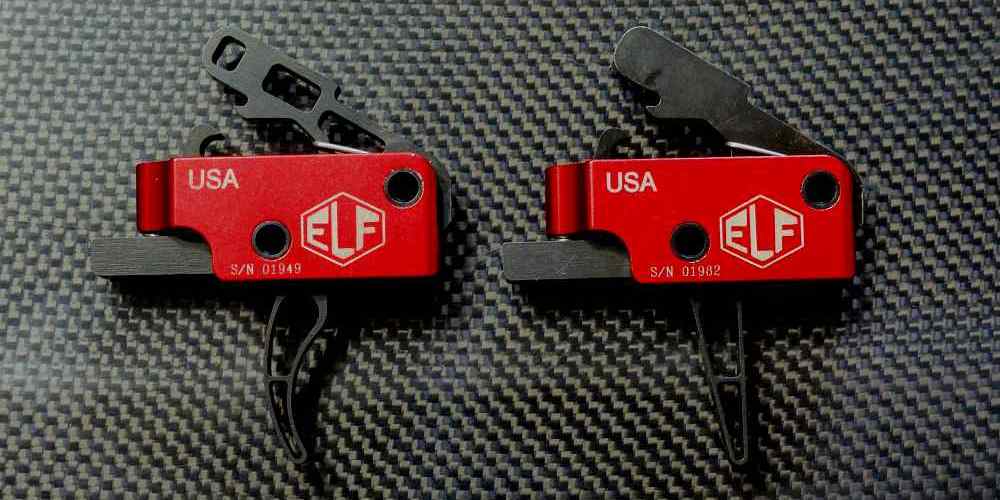Stay sharp, stay warm: Master the art of cold-weather shooting.
Layering Clothing for Warmth
When it comes to shooting in cold weather, one of the most important factors to consider is staying warm. Layering your clothing properly can make a huge difference in your comfort and performance while out in the elements. In this article, we will discuss some techniques for layering clothing to prevent trigger freeze and keep you warm during cold-weather shooting.
The key to staying warm in cold weather is to layer your clothing in a way that allows you to regulate your body temperature. Start with a moisture-wicking base layer that will help keep sweat away from your skin and prevent you from getting chilled. This layer should fit snugly against your body without being too tight.
On top of your base layer, add an insulating layer such as a fleece or down jacket. This layer will help trap heat close to your body and provide additional warmth. Make sure this layer is not too bulky, as you still want to be able to move freely and comfortably while shooting.
Finally, add an outer shell layer that is waterproof and windproof. This layer will protect you from the elements and help keep you dry and warm. Look for a jacket that is breathable to prevent overheating while still providing protection from the cold.
When layering your clothing, it is important to consider the fit of each piece. Make sure your layers are not too tight or too loose, as this can restrict movement and hinder your ability to shoot accurately. It is also important to choose clothing made from moisture-wicking materials that will help keep you dry and comfortable throughout your time outdoors.
In addition to layering your clothing, it is also important to pay attention to your extremities. Cold hands can make it difficult to shoot accurately, so be sure to wear insulated gloves or mittens to keep your hands warm. Consider using hand warmers or heated gloves for added warmth in extreme cold.
Don’t forget about your feet either. Cold feet can be distracting and uncomfortable, so be sure to wear insulated socks and waterproof boots to keep your feet warm and dry. Consider using toe warmers or heated insoles for added warmth in extremely cold conditions.
By layering your clothing properly and paying attention to your extremities, you can prevent trigger freeze and stay warm and comfortable while shooting in cold weather. Remember to choose clothing made from moisture-wicking materials, and make sure your layers are not too tight or too loose. Pay attention to your hands and feet, and consider using hand warmers or heated gloves for added warmth. With the right clothing and gear, you can stay warm and focused while shooting in even the coldest of conditions.

Using Hand Warmers
When it comes to shooting in cold weather, one of the biggest challenges that shooters face is trigger freeze. Trigger freeze occurs when the trigger mechanism on a firearm becomes stiff and difficult to pull due to the cold temperatures. This can not only affect the shooter’s accuracy and performance but also pose a safety risk if the trigger becomes completely unresponsive. Fortunately, there are several techniques that shooters can use to prevent trigger freeze and ensure a smooth shooting experience even in cold weather.
One effective technique for preventing trigger freeze is using hand warmers. Hand warmers are small packets that generate heat when activated and can be placed inside gloves or pockets to keep hands warm in cold weather. By keeping your hands warm, you can prevent the trigger mechanism from becoming stiff and difficult to operate.
There are several types of hand warmers available on the market, including disposable single-use hand warmers and reusable hand warmers that can be reactivated by boiling or microwaving. Disposable hand warmers are convenient for one-time use and can provide instant heat for several hours. Reusable hand warmers, on the other hand, are more cost-effective in the long run and can be reused multiple times, making them a more sustainable option for frequent shooters.
To use hand warmers effectively, simply activate them by shaking or exposing them to air, then place them inside your gloves or pockets before shooting. Make sure to position the hand warmers close to your trigger hand to keep it warm and prevent trigger freeze. By keeping your hands warm and comfortable, you can maintain dexterity and control over the trigger mechanism, ensuring smooth and accurate shooting even in cold weather.
In addition to using hand warmers, there are other techniques that shooters can use to prevent trigger freeze in cold weather. One effective method is to wear insulated gloves or mittens to keep hands warm and protect them from the cold. Insulated gloves provide an extra layer of warmth and can help maintain blood flow to the hands, preventing stiffness and numbness that can affect trigger control.
Another technique is to take breaks and warm up periodically during shooting sessions. By taking short breaks to warm up indoors or by a fire, shooters can prevent their hands from becoming too cold and stiff, reducing the risk of trigger freeze. Additionally, staying hydrated and maintaining proper nutrition can help regulate body temperature and keep hands warm during shooting activities.
Overall, preventing trigger freeze in cold weather requires a combination of techniques, including using hand warmers, wearing insulated gloves, taking breaks to warm up, and staying hydrated. By taking proactive measures to keep hands warm and comfortable, shooters can maintain control over the trigger mechanism and ensure a smooth shooting experience even in chilly conditions. So next time you head out for a cold-weather shooting session, don’t forget to pack your hand warmers and gear up for a successful and enjoyable day on the range.
Keeping Firearms Clean and Lubricated
When it comes to shooting in cold weather, one of the most important factors to consider is keeping your firearm clean and properly lubricated. Cold temperatures can cause metal parts to contract and become stiff, which can lead to malfunctions and even trigger freeze. To prevent this from happening, it is essential to take proper care of your firearm before heading out into the cold.
One of the first steps in preventing trigger freeze is to make sure your firearm is clean. Cold weather can cause dirt and debris to become more stubborn and difficult to remove, so it is important to thoroughly clean your firearm before each use. This includes disassembling the gun and cleaning each part individually with a solvent and brush. Pay special attention to the trigger mechanism, as this is where trigger freeze is most likely to occur.
After cleaning your firearm, it is important to properly lubricate it. Cold temperatures can cause lubricants to thicken and become less effective, so it is important to use a high-quality lubricant that is designed for cold weather use. Apply the lubricant sparingly to all moving parts of the firearm, including the trigger mechanism, slide, and barrel. Be sure to wipe away any excess lubricant to prevent buildup, which can attract dirt and debris.
In addition to cleaning and lubricating your firearm, there are a few other techniques you can use to prevent trigger freeze in cold weather. One technique is to keep your firearm covered when not in use. This will help to protect it from the elements and prevent moisture from getting inside the gun. You can use a gun sock or a silicone-treated cloth to cover your firearm, or simply keep it in a case or bag when not in use.
Another technique is to keep your firearm warm before using it in cold weather. Cold temperatures can cause metal parts to contract and become stiff, so it is important to warm up your firearm before shooting. You can do this by keeping your firearm inside a warm vehicle or building before heading out into the cold. This will help to prevent trigger freeze and ensure that your firearm functions properly when you need it.
By taking proper care of your firearm and using these techniques, you can prevent trigger freeze and ensure that your firearm functions properly in cold weather. Remember to clean and lubricate your firearm before each use, keep it covered when not in use, and warm it up before shooting. With these techniques, you can enjoy shooting in cold weather without worrying about malfunctions or trigger freeze.
Properly Storing Ammunition
When it comes to cold-weather shooting, one of the most important factors to consider is how to properly store your ammunition. Cold temperatures can have a significant impact on the performance of your ammunition, so taking the necessary steps to store it correctly is crucial to prevent trigger freeze and ensure that your shots are accurate and reliable.
One of the first things to consider when storing ammunition in cold weather is the type of container you use. It’s important to choose a container that is both airtight and waterproof to protect your ammunition from moisture and humidity. This will help prevent corrosion and ensure that your ammunition remains in optimal condition.
Another important factor to consider is the temperature at which you store your ammunition. Extreme cold can cause ammunition to become brittle and less reliable, so it’s important to store it in a location where the temperature remains relatively stable. Ideally, ammunition should be stored in a cool, dry place away from direct sunlight and extreme temperature fluctuations.
It’s also important to consider the type of ammunition you are using when storing it in cold weather. Different types of ammunition may react differently to cold temperatures, so it’s important to do your research and understand how your specific ammunition may be affected. Some types of ammunition may require special storage considerations in cold weather to ensure optimal performance.
In addition to choosing the right container and storing your ammunition at the proper temperature, it’s also important to regularly inspect your ammunition for signs of damage or deterioration. Cold temperatures can cause ammunition to degrade more quickly, so it’s important to check your ammunition regularly to ensure that it is still in good condition.
If you do notice any signs of damage or deterioration, it’s important to properly dispose of the ammunition and replace it with fresh ammunition. Using damaged or deteriorated ammunition can be dangerous and can lead to malfunctions or misfires, so it’s important to always err on the side of caution and replace any questionable ammunition.
By taking the time to properly store your ammunition in cold weather, you can help prevent trigger freeze and ensure that your shots are accurate and reliable. Choosing the right container, storing your ammunition at the proper temperature, and regularly inspecting your ammunition for signs of damage are all important steps to take to ensure that your ammunition performs optimally in cold weather conditions.
In conclusion, proper storage of ammunition is crucial when shooting in cold weather. By choosing the right container, storing your ammunition at the proper temperature, and regularly inspecting your ammunition for signs of damage, you can help prevent trigger freeze and ensure that your shots are accurate and reliable. Taking the time to properly store your ammunition will not only improve your shooting performance but also help keep you safe on the range.
Practicing Breathing Techniques for Stability
When it comes to shooting in cold weather, one of the biggest challenges that shooters face is trigger freeze. Trigger freeze occurs when the shooter’s fingers become too cold and stiff to properly manipulate the trigger, resulting in missed shots and frustration. However, there are techniques that shooters can use to prevent trigger freeze and maintain accuracy in cold weather conditions.
One technique that can help prevent trigger freeze is practicing breathing techniques for stability. Proper breathing is essential for maintaining stability and control while shooting, especially in cold weather when the body is under additional stress. By focusing on your breathing and using it to control your movements, you can improve your accuracy and prevent trigger freeze.
One breathing technique that shooters can use is the controlled breathing method. This involves taking slow, deep breaths and exhaling slowly to help calm the body and mind. By focusing on your breathing, you can reduce tension in your muscles and improve your overall stability while shooting. This can be particularly helpful in cold weather when the body is more prone to tensing up due to the cold.
Another breathing technique that can help prevent trigger freeze is the breath control method. This involves taking a deep breath, holding it for a moment, and then slowly exhaling as you squeeze the trigger. By synchronizing your breathing with your trigger pull, you can improve your accuracy and prevent jerking or flinching that can result from trigger freeze. This technique can help shooters maintain control and stability while shooting in cold weather conditions.
In addition to practicing breathing techniques, shooters can also benefit from using hand warmers or gloves to keep their fingers warm and nimble. Cold fingers are more prone to trigger freeze, so keeping them warm and comfortable can help prevent this issue. Hand warmers can be placed in your pockets or gloves to provide additional warmth and comfort while shooting in cold weather.
It’s also important to stay hydrated and well-nourished while shooting in cold weather. Dehydration and lack of nutrients can affect your body’s ability to regulate temperature and maintain stability while shooting. By staying hydrated and fueling your body with the proper nutrients, you can improve your overall performance and prevent trigger freeze.
Overall, practicing breathing techniques for stability is essential for preventing trigger freeze while shooting in cold weather. By focusing on your breathing, using hand warmers or gloves to keep your fingers warm, and staying hydrated and well-nourished, you can improve your accuracy and maintain control in challenging weather conditions. With these techniques in mind, shooters can confidently take on the cold and continue to hone their skills no matter the weather.









